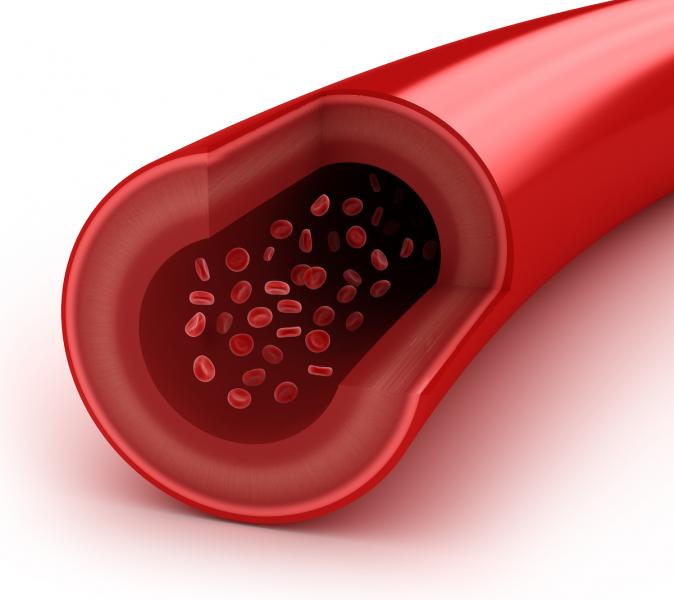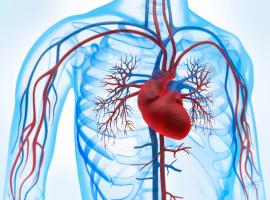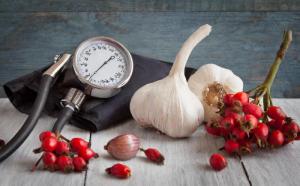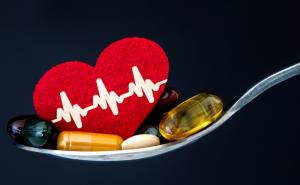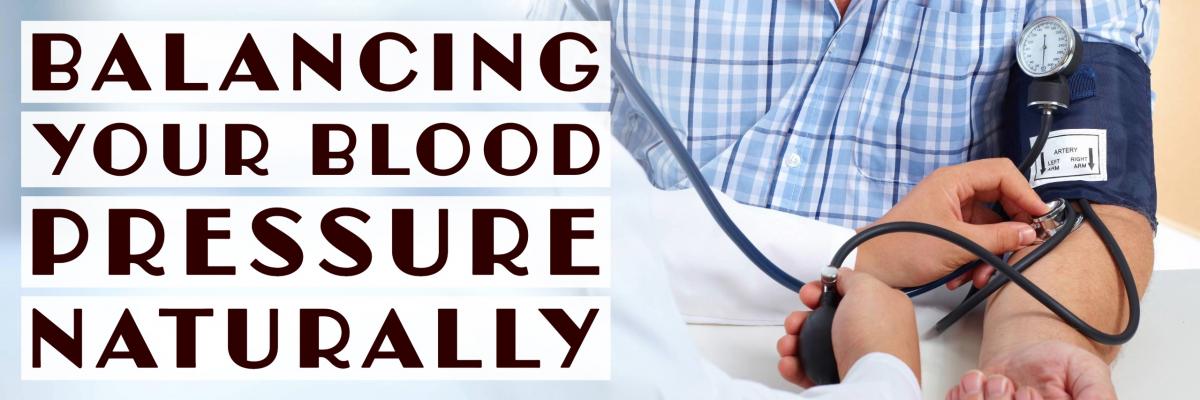
Blood flow is important to the health of every cell in your body. Blood delivers the oxygen and nutrients cells need and removes the carbon dioxide and metabolic wastes they produce.
Part of that healthy blood flow is maintaining the proper amount of pressure in the arteries. If the pressure is too high it increases the risk of heart disease and stroke, and can cause damage to the brain, kidneys, eyes, and other organs. If it is too low, blood can’t get to the tissues where it’s needed.
Unfortunately, a large percentage of people have issues with blood pressure. It’s estimated that high blood pressure (hypertension) is a problem for about one third of the adults in the US, about 100 million people. Another 59 million Americans have pre-hypertension, which means their blood pressure is not dangerously high, but higher than is optimal.
While low blood pressure (hypotension) is less common it still causes problems with dizziness, mental confusion, fatigue, headaches, blurred vision, and even heart palpitations. Orthostatic hypotension is a temporary form of low blood pressure that occurs when the body is slow to compensate after moving from a sitting or lying position to a standing position.
In this month’s Sunshine Sharing, we’ll explore the causes of hypertension and hypotension and the natural solutions you can use to balance blood pressure without drugs. These solutions can also help to permanently correct blood pressure problems rather than just managing the symptoms.
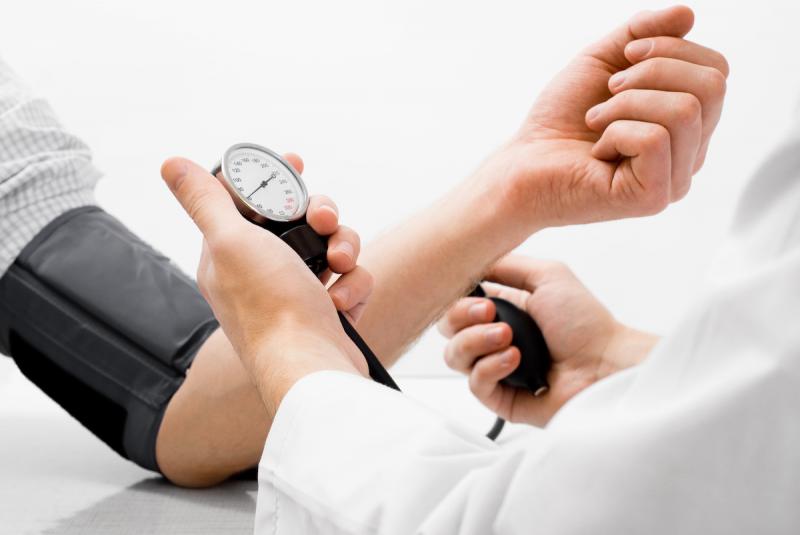 The High’s (and Low’s) of Blood Pressure
The High’s (and Low’s) of Blood Pressure
Let’s start by looking at healthy blood pressure ranges for adults and how it is measured. Blood pressure is measured by two numbers, systolic and diastolic, as in 120/80. Systolic pressure is the first number, which represents the pressure exerted when the heart pumps blood through the blood vessels. Diastolic pressure is the second number, which correpsonds to the pressure in the blood vessels when the heart is not beating. It is also called the resting blood pressure.
Adult blood pressure is considered normal when it falls between 90-130 systolic and 60-90 diastolic or 90/60 to 130/90. While blood pressure above 130/90 is classified as hypertension, research has shown that 115/70 to 125/80 is optimal for health and longevity.
Low blood pressure is defined as a resting blood pressure below 90/60. If the blood pressure drops lower than this for three minutes after moving from a sitting position to a standing position, the person has orthostatic hypotension.
Heart rate is another important factor in understanding the flow of blood in the body. Heart rate is the number of times the heart beats per minute. The normal resting heart rate for teenagers and adults is 60 to 100 beats per minute. However, athletes in top condition will have a lower resting heart rate, around 40 to 60 beats per minute. Heart rate will increase with stress, exercise, and other factors that demand higher blood flow.
Regulating Blood Pressure and Heart Rate
Your body has various signaling systems that dynamically raise or lower blood pressure and heart rate according to the demand for blood supply throughout your body. For example, heart rate increases with exercise to bring a higher volume of blood to the muscles. Artery walls can also relax to accommodate increased flow.
When we’re stressed the sympathetic nervous system is activated and both heart rate and blood pressure will increase. So, stimulants like caffeine, over-the-counter cold medications, and antidepressants can also increase both heart rate and blood pressure.
In contrast, blood pressure and heart-rate will drop when the parasympathetic nervous system is more active such as when we’re relaxing or sleeping. A loss of blood volume from dehydration or bleeding can also cause blood pressure to drop.
To regulate blood flow, arteries have muscular walls that can expand and contract, increasing or decreasing the diameter of the blood vessels. The diastolic pressure (the second or lower number) is the pressure needed to maintain full blood vessels. The blood vessel must be able to expand or contract to match the volume of liquid it is carrying. If the diastolic pressure increases the heart must work harder, increasing the systolic pressure, to move the blood where it needs to go.
Drugs that regulate heart rate and blood pressure work by manipulating the signaling systems that control them. However, if the underlying causes of problems with blood circulation are not addressed, the body will create compensating mechanisms to work around the drugs so it can deliver the blood where it is needed.
Additional Resources
- Strategies for Health by Steven Horne
- The High Blood Pressure Hoax by Sherry A. Rogers, MD
- The Nitric Oxide (NO) Solution by Nathan S. Bryan, PhD and Jenet Zand, OMD
Become a Member
Steven Horne's monthly member program is a way for you to get great information about herbs and natural healing to build your herbal business. Including the ability to share issues of Sunshine Sharing like this one. Click here to learn more.
